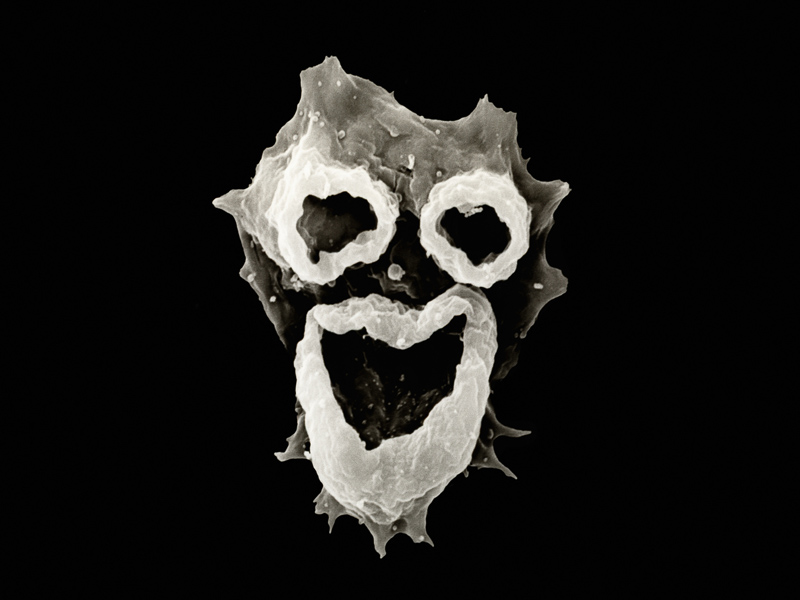TMR has sifted through leading medical journals over the past two weeks. Here's the research that caught our eye
TMR has sifted through leading medical journals over the past two weeks. Here’s the research that caught our eye
Beware deadly amoeba
The death of a 12-year old boy last year at Townsville Hospital from primary amoebic meningoencephalitis prompted doctors to deliver a series of talks about the disease across outback Queensland.
Primary amoebic meningoencephalitis is caused by the rare, but deadly, amoeba, Naegleria fowleri, which multiplies in warm, untreated bore water.
As a result of the talks, some rural communities installed water treatment equipment for the first time.
The disease can be distinguished from bacterial meningitis only through testing of cerebrospinal fluid samples.
There are no guidelines for treatment. Cases where patients have survived suggest that multiple anti-parasitic agents are required.
Drug hope for alopecia
A drug currently used for myelofibrosis has been found to regrow hair in 75% of patients suffering from moderate to severe alopecia areata, with average hair regrowth of 92% reported.
The drug works by inhibiting Janus kinase (JAK) enzymes and reawakening dormant follicles by blocking inflammatory signalling.
Alopecia areata is the second most common form of hair loss and can occur at any age and affects men and women equally.
The drug was well-tolerated in all participants, with no serious adverse events, the authors said.
The research team plans to expand their studies to include testing in other conditions such as vitiligo, scarring alopecias and androgenetic alopecia (pattern baldness).
Jour Clin Investigation/Insight; online 23 September
Brain shrink memory link
Why do some people retain a resilient memory and youthful thinking abilities as they get older, while others face a declining capacity to retrieve information, concentrate and learn new things?
It may be due to brain shrinkage in the regions associated with memory ability, mostly the prefrontal cortex and hippocampus, a study suggests.
The researchers undertook imaging studies of the brains of so-called “super agers” i.e adults aged between 70 and 80 who performed as well in brain exercises as adults up to 50 years younger than them.
They found the “super agers” had prefrontal cortex and hippocampus regions, which typically shrink with age, similar in size to those of young adults.
Journal of Neuroscience; online 15 September
Pregnancy and vitamin D
Learning disabilities are more common in children conceived during winter months in Scotland, possibly because there is insufficient sunlight for pregnant mothers to produce vitamin D, a study shows.
Research linking health and education data collected between 2006 and 2011 from across Scotland was used to study more than 800,000 children.
The study found 8.9% of children conceived between January and March had learning disabilities such as autism and dyslexia compared with 7.6% of those conceived between July and September.
Although the researchers did not measure Vitamin D levels in the study, the authors suggested it was “the most plausible explanation for the trend”.


